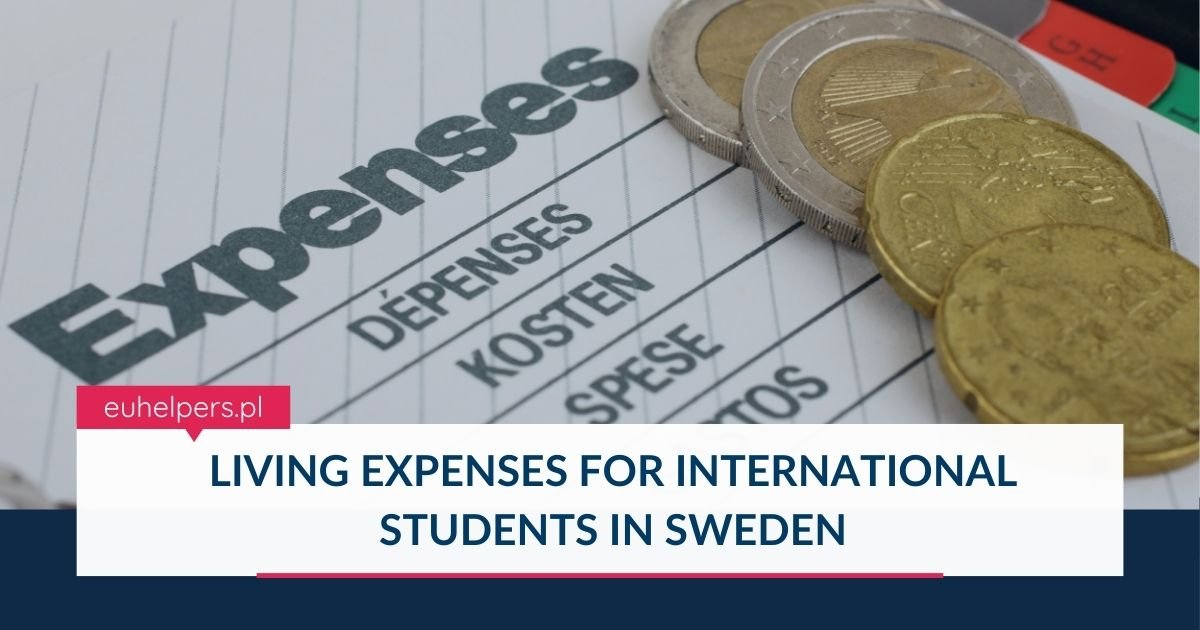Sweden is a popular destination for international students, known for its high-quality education and excellent quality of life. However, it is essential to be financially prepared, as the cost of living can be relatively high. On average, students should budget between SEK 10,000 and 13,000 per month to cover their living expenses. Here’s a detailed breakdown of the costs you can expect when studying in Sweden.
1. General Monthly Expenses
Accommodation
Housing is likely to be your biggest expense. The monthly rent varies depending on the city, type of accommodation, and whether you live alone or share with others.
- Rent range: SEK 4,000 – 7,000
- Tips: Sharing apartments or living in student dorms can significantly reduce costs.
Food
Groceries and occasional dining out will take up a considerable portion of your budget.
- Estimated cost: SEK 2,700 – 3,000
- Saving tips: Cooking at home and shopping at budget-friendly supermarkets can help cut costs.
Transportation
Sweden has an efficient public transportation system, including buses, trams, and trains. Many students rely on monthly travel passes.
- Monthly cost: SEK 550 – 700
- Tip: Some cities offer student discounts, making public transport more affordable.
Phone and Internet
Staying connected is essential, and you can expect to pay for both mobile services and internet.
- Estimated cost: SEK 400 per month
- Tip: Many providers offer student packages with reduced rates.
Miscellaneous Expenses
This category includes clothing, entertainment, and social activities.
- Estimated cost: SEK 1,500 – 2,000
- Tip: Take advantage of student discounts at restaurants, cinemas, and events.
Books and Study Materials
Although some materials may be available in libraries or online, students often need to purchase books and other course materials.
- Estimated cost: SEK 400 – 1,000
- Tip: Buying second-hand books or sharing with classmates can help lower costs.
Insurance
Health and personal insurance are essential for international students, and costs vary depending on the coverage.
- Monthly cost: SEK 1,000 – 2,000
- Tip: Check if your university provides student insurance, which can sometimes be more affordable.
2. Cost of Living by City
The cost of living in Sweden varies significantly by location.
- Stockholm: The capital city is the most expensive, with higher housing and food costs.
- Gothenburg: Slightly more affordable than Stockholm but still relatively expensive.
- Malmö: Known for being more budget-friendly, making it a popular choice for students.
- Uppsala: A student-centric city with moderate living costs.
- Smaller Cities (Växjö, Karlstad, Umeå, Örebro): These areas generally offer lower living costs, making them attractive for students on a tighter budget.
Final Tips for Managing Your Budget
- Plan your finances: Create a monthly budget and track your expenses to avoid overspending.
- Look for student discounts: Many services and retailers offer discounts to students.
- Consider part-time work: International students with a valid residence permit are allowed to work while studying, which can help offset expenses.
By understanding the cost of living and managing your expenses wisely, you can enjoy a fulfilling student experience in Sweden without financial stress.

